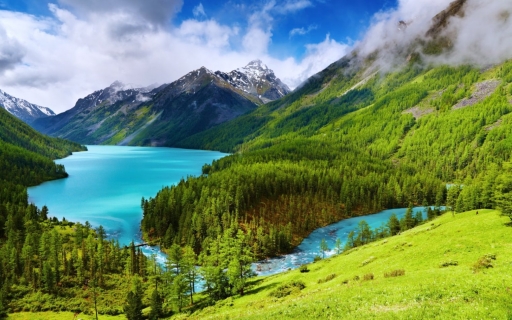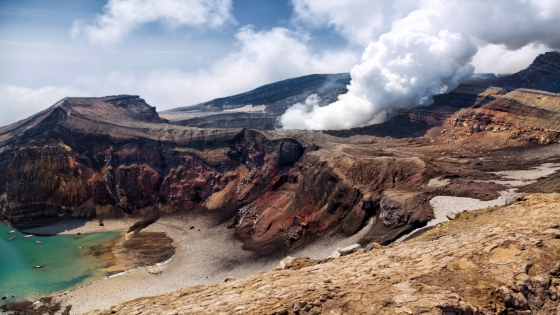Klintsy Temperatures: Monthly Averages and Year-Round Insights
On this page, we’ll explore Klintsy’s temperature statistics in detail, including day and night variations and monthly averages. We’ll also compare the annual temperature to other cities in Russia.
Monthly Temperature Averages
Visitors to Klintsy can expect significant temperature changes throughout the year. Average maximum daytime temperatures range from a comfortable 26¬įC in July, the warmest time of the year, to a very cold -1¬įC during cooler months like February. At night, minimum temperatures typically average around -7¬įC during these months.
The chart below illustrates the average maximum day and minimum night temperatures in Klintsy by month:
The lowest temperatures typically occur between 4 AM and 6 AM, while the peak temperatures are generally observed around 3 PM, when the sun's heating is most intense.
The chart below shows the average temperature throughout the year:
February, the city’s coldest month, sees about 49 mm of rainfall spread over roughly 13 days.
Annual Temperatures in Russia Compared
The map below shows the annual temperature across Russia. You can also select the different months in case you are interested in a specific month.
 very warm
very warm
 warm
warm
 pleasant
pleasant
 moderate
moderate
 cold
cold
 very cold
very cold
Klintsy Temperatures Compared World Wide
Klintsy‚Äôs average annual maximum temperature is 12¬įC. Let‚Äôs compare this with some popular tourist destinations:
The city of Rome, Italy, has an average annual temperature of 20¬įC, known for its sunny summers and comfortable winters.
In contrast, in Reykjav√≠k, Iceland, the average annual temperature is significantly lower at 9¬įC, with mild summers and cold winters.
Beijing, China, experiences more extreme temperature shifts, but still averaging 20¬įC annually.
Melbourne, Australia, has a slightly cooler climate, with an average annual temperature of 20¬įC.
How are these Temperatures Measured?
Generally, temperature data depicting climate is usually given over a 30-year average in order to reduce short-term fluctuations and reveal better long-term trends in climate conditions.
This temperature data is taken from land-based thermometers, ocean buoys, ships, and satellites. These measurements are transmitted to weather stations and climate centers around the globe where they are processed, averaged, and analyzed in order to monitor the trends and create climate models.
Sea vs. Land Temperatures
The influence of nearby oceans or large water bodies significantly affects local temperatures:
- Ocean Influence: Coastal regions tend to have more stable temperatures, as large bodies of water absorb and release heat slowly. This often results in milder winters and cooler summers compared to inland areas.
- Continental Climates: Landmasses well away from large bodies of water tend to show greater extremes in temperature, having hotter summers and colder winters because of the absence of water as a moderating influence.
For more detailed information about Klintsy’s weather, including monthly rainfall, sunshine hours, and humidity levels, visit our Klintsy climate page.
Current temperature in Klintsy
broken clouds and chance of slight rain
overcast and small chance of slight rain
overcast and chance of slight rain




